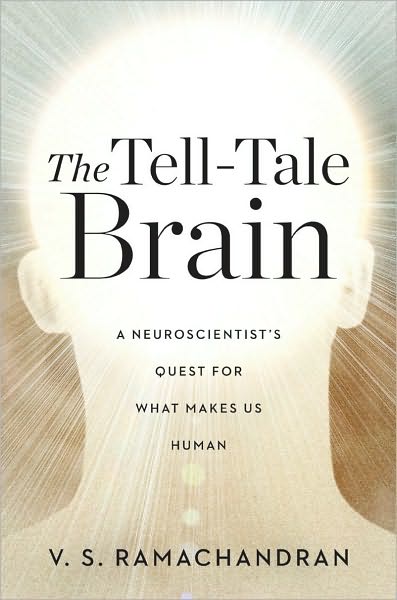Top 10 Skills Children Learn From the Arts
My dear friend Sue posted a link to a Washington Post Blog on Facebook which featured Lisa Phillips' Top 10 Skills Children Learn from the Arts, included below.
1. Creativity
2. Confidence
3. Problem Solving
4. Perseverance
5. Focus
6. Non-verbal Communication
7. Receiving Constructive Feedback
8. Collaboration
9. Dedication
10. Accountability
Are these not the primary outcomes we should expect from a quality education? Notably, Accountability is last on Lisa Phillip's list, not first. The development of aesthetic faculties, especially creative problem solving, ironically, seems to have been relegated to the bottom by educational policy makers, probably because aesthetic faculties are the most difficult thing to measure with a standardized test. Lisa Phillip's book, The Artistic Edge: 7 Skills Children Need to Succeed in an Increasingly Right Brain World seems like an important read, and I will be buying it at some point ... (maybe it's on an audiobook).
I tend to be highly skeptical about the motives of all those who have made a name for themselves as academic leaders / reformers by sharply driving up academic performance numbers by weeding out all of the "bad teachers." Recently, Jay Mathews reported in the Washington Post about one administrator at an award winning school who made the courageous decision to do a better job securing tests by locking the door, which led to a sharp decline in test scores, leading many to speculate about widespread cheating in DC's public schools. Similarly, many statewide alternate assessments, in my view, have created a false sense of security about the level of skills being developed in our public schools.
I am currently trying to wrap my brain around the problem of how to structure a technology policy that optimizes learning conditions, hopefully leading to the 10 outcomes described in Phillips' book, as opposed to generating unwanted distractions, wasting valuable instructional time, and worst of all, promoting inappropriate social behaviors, including physical violence, willful disobedience, and withdrawal from the learning process. After working for two months with a small group of students with severe learning disabilities, largely behavioral problems, I found the inappropriate use of technology to be the number one distraction and source of conflict in my classroom. I sensed a profound lack of a vision and sense of purpose for technology being communicated by instructional leaders, who seemed blissfully unaware of the concept that technology is only good or bad in how and when it is used.
Recently, I took over a class as a long-term sub from a resource teacher who had abandoned her class without prior notice. I eventually interviewed for a full time position but did not get the job, which was probably a blessing in disguise. During my two month period, one student, Kenny, had to be removed from math on a daily basis for running out of the classroom, verbally abusing other students, hitting, kicking, destroying property, and lastly, choking other students -- the day before I interviewed, I literally had to pull Kenny off a student with expressive language difficulties to stop him from choking the other student. Later, for the first time, Justin actually connected with me. He asked repeatedly, "Why did Kenny choke me? Why did Kenny laugh when he was choking me?" To which I responded, "Kenny can't control himself. The adults needed to do a better job protecting you. I am so sorry".
My efforts to both incorporate technology, and limit computer usage to educational purposes only became a flashpoint. My policy of limiting the use of technology for instructional purposes only was met with a level of resistance from students that I had not anticipated. By not communicating a clear policy for appropriate use of technology, both at a district level, and a school level, I felt that my superiors were unwittingly enabling consistently inappropriate, highly disruptive behaviors by students like Kenny, a 4th grader who was so fixated on the idea of "computer" time that, for two months, after completing his warmup, he flatly refused to do any activity, even when offered a variety of choices, because I refused to allow him to play his computer game, which involved trucks crushing cars, and insisted that computer time follow instruction. On one occasion, during my transition week, I happened to observe Kenny's general education classroom during recess, and left with the clear impression that the general education teacher lacked a clear and consistent technology policy. It was one of those Aha! moments.
During my nightly workouts at the gym, I have been studying the neuro-biological basis for creating optimal learning conditions, through my "reading" of an audiobook version of The Tell Tale Brain, by V.S. Ramachandran, and an audiobook version of Made To Stick, as well as a paperback version of Brain Bugs, by Dean Buenomano, which I have been reading while riding an exercise cycle. Based on what I have been reading, I am reflecting upon how technology in the classroom can be both beneficial and counterproductive, depending upon how we use it, and depending on exactly which skills students are learning while using technology. It seems to me that, given the millions of dollars invested in educational technology, we need to be very clear about our purposes.

No comments:
Post a Comment
My goal is to engage in civil conversation.